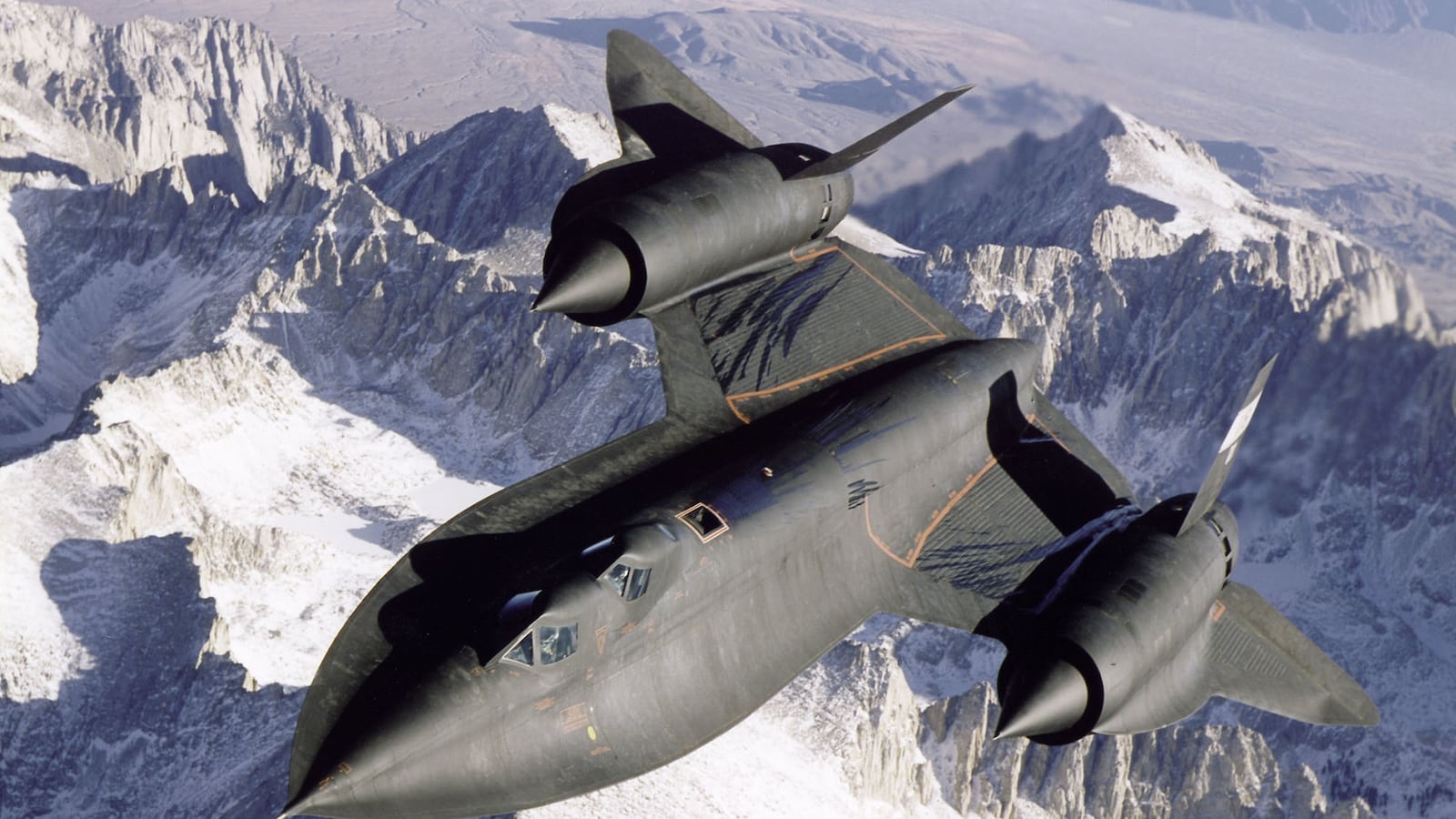Boeing briefed reporters on the Army-led Joint Multi Role rotorcraft project—intended as a high-tech replacement for most of the thousands of helicopters in the Pentagon’s fleets—in Mesa, Arizona, late last month.
“We’ve shot ourselves in the foot twice,” I said, “and we are all out of feet.” My comment was not exactly diplomatic, but the JMR vision of a one-size-fits-all, fast and efficient rotorcraft technology platform that would leave the rest of the world in the dust gave me double flashbacks: to the V-22 Osprey tilt-rotor and the LHX/Comanche, which had similar goals and fell far short of them. (Although the V-22 was not cancelled outright, as the Army killed Comanche in 2004, the objective was something that cost little more than a helicopter, without the Osprey’s fighter-like price tag.)
The consequences were massive. As an aviation-mad child in England, almost every helicopter I saw was U.S.-designed except for a few ramshackle British designs—a few user-hostile Bristol Sycamores; the even more frightening Belvedere, which comprised two Sycamores connected by a tube; and diminutive Skeeters and Scouts. When the RAF wanted reliable, soldier-proof helicopters, they bought Westland-built Sikorskys.
Not much had changed at my first working Farnborough air show in 1974 (the 2014 show is on this week), which due to a rain-soaked summer was combined with a remake of All Quiet On The Western Front. The RAF was grumpily tolerating French-made helicopters—the Puma and the fan-tailed Gazelle (nicknamed the Whistling Chicken Leg)—but the presence of an American SR-71 Blackbird upstaged Concorde and underlined U.S. dominance in aerospace in general. Few would have disagreed with the Boeing vice president who had told me around that time that Airbus, which then had a handful of orders for its first commercial jet, the A300—was “a typical government airplane—they’ll build a dozen or so and then go out of business.”
Today, Boeing and Airbus are peers by any account. Airbus Helicopter and AgustaWestland dominate the world of commercial helicopters, with a stream of new models; U.S. helicopter exports are mostly military, led by two designs that date to the 1970s and the early-1960s Chinook.
Although U.S. military exports remain high, propelled by a few big-ticket sales, the trends across defense, except (so far) in fighter aircraft, are similar. Israel leads the unmanned air vehicle business, despite billions in Pentagon funding for U.S. industry. Europe’s ramjet-powered Meteor air-to-air missile, claimed to be uniquely lethal at long range, has no U.S. equivalent (unless something exists in the classified world) and already provides Sweden with a contingency operational capability; the AIM-120D version of the Advanced Medium-Range AAM, evolutionary rather than revolutionary, is not operational yet. The only all-new U.S.-led surface-to-air missile, the Medium Extended Air Defense System, was just rejected by Poland, leaving the updated-veteran Patriot versus MBDA’s SAMP/T, a land-based version of the system operational on British and French warships. Non-U.S. contenders such as Rafael and Diehl increasingly own the shorter-range segment.
Not only does the U.S. not export warships, but designs for the centerpiece of the future American Navy—the Littoral Combat Ship—rely on European engines and waterjets (aside from General Electric gas turbines on Independence), radars and guns. The biggest naval export program is the Aegis fire control system. The same goes for military vehicles: the Marines’ next amphibious vehicle may be Italian-designed.
The U.S. led with active electronically scanned array radars—which replace the conventional radar’s pivoting antenna with solid-state electronics—but now looks late to the next phase, based on gallium nitride technology, that promises greater efficiency and range. Only recently did the Pentagon, fixated on stealth, realize that it had lost sight of electronic jamming and was faced with a nasty surprise in the shape of proliferated digital radio-frequency memory technology.
None of the reasons for this trend reflect well on U.S. government or industry. Most defense contractors prefer to pay their shareholders dividends rather than invest in research and development. Non-U.S. companies, much more reliant on exports, cannot afford to do that.
But U.S. R&D is directed toward what Washington says it wants, and those requirements may not meet international needs. In the case of the Comanche, it turned out that even the Army did not want a radar-stealthy helicopter. The V-22 may go to Israel, and possibly Japan. Most of the world wants more efficient and reliable helicopters, which Airbus and AgustaWestland will supply as the U.S. industry spends the next decade-and-a-half chasing JMR.
The problem has been exacerbated as programs become fewer and larger. Inevitably, that leaves bigger gaps in time and mission space that the competition can exploit. Airlift planning beyond the C-130 cargo plane is confused and minimally funded; nobody should be surprised when Airbus and Embraer carve up that market by 2020 with the new A400M and KC-390.
The biggest challenge is cultural. It took Boeing more than two decades to accept that the Airbus challenge was due to anything other than government subsidies. Today, on the defense side, it’s worrying that many people in the U.S. still seem unaware of Meteor’s existence; and judging by recent statements, Poland’s rejection of MEADS came as a shock. Pride goeth before destruction, and an haughty spirit before a fall.






